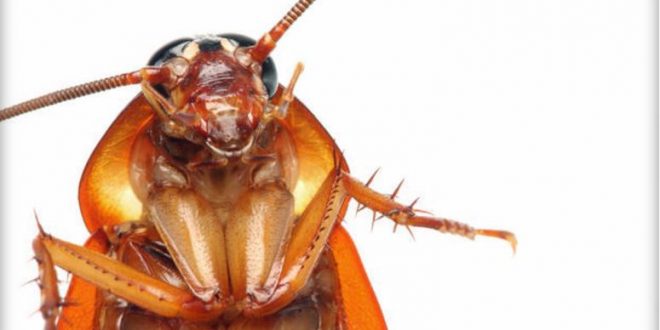A team of researchers from various locations around the globe, curious about ways to mitigate widespread world hunger, offers a questionable alternative: cockroach embryo milk.
Researchers from India, France, Japan, Canada and the US have published a paper detailing the identification of high-value protein crystals inside the Pacific beetle cockroach embryo.
While it might not taste like much – at least, not according to biochemist Subramanian Ramaswamy, who told the Post that he once ate some of the crystals on a dare after losing a drinking competition – the research team noted that those crystals have four times more energy as an equivalent mass of cow’s milk, and three times as much as the same quantity of buffalo milk.
“The protein crystals are milk for the cockroach infant,” Leonard Chavas, one of the scientists who was involved in the work, told CNN. He added that the substance was “important for its growth and development.” Likewise, Ramaswamy told the Post that the roach crystals were “a complete food” and could be used “in protein drinks.”
Researchers looking to reverse-engineer Cockraoch Milk
Experts have long known that the Pacific Beetle Cockroaches (Diploptera punctata) – the only species of cockroach that gives birth to live young instead of laying eggs – nourishes developing offspring by secreting a protein-rich liquid from its brood sac, which acts like a uterus.
What they did not know, however, is that the young cockroaches did not simply digest the stuff. Rather, they found that the embryos were filled with crystals that turned out to be made primarily of protein. The scientists then conducted a series of tests and discovered that the cockroach milk is among the most nutritious and highest calorie substances in the natural world.
“It is what one would need: protein, essential amino acids, lipids, and sugars,” Chavas explained, adding that the high energy content of the substance helps Pacific Beetle Cockroaches grow to be much larger than the offspring of other, related species. Currently, the crystals must be taken out of the gut of the roach embryos, but the researchers are hoping to be able to reverse engineer the original liquid – once they fully understand the processes involved in its production.
Furthermore, additional research needs to be conducted to ensure that the crystals are not toxic to humans, the Post said. Then there is the matter of taste, and the fact that consuming the milk of a cockroach could be a tough sell, particularly in the western world. But if the research team finds a way to overcome all of those hurdles, they may have just discovered the next superfood.
Agencies/Canadajournal
 Canada Journal – News of the World Articles and videos to bring you the biggest Canadian news stories from across the country every day
Canada Journal – News of the World Articles and videos to bring you the biggest Canadian news stories from across the country every day



